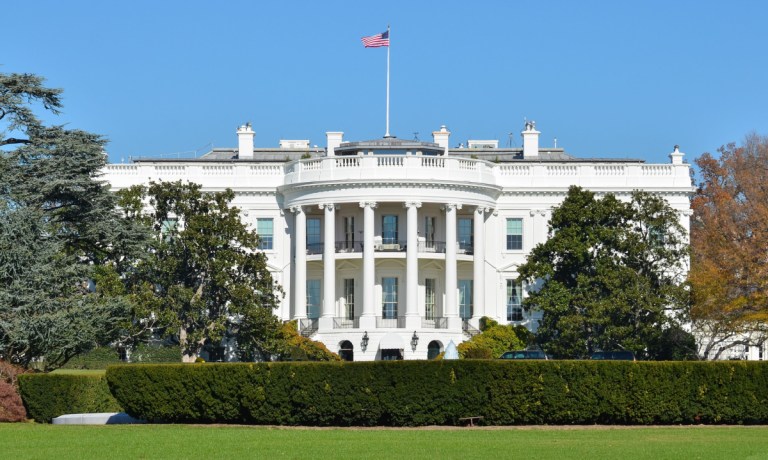Biden Offers New Debt Relief to Student Loan Borrowers

The White House has unveiled its latest effort to offer relief to student loan borrowers.
The plan, President Joe Biden announced Monday (April 8), targets borrowers who owe more now than when they started repayments due to interest, those who entered repayment 20 or more years ago, people who attended schools that “failed accountability measures or failed to provide students with sufficient financial value,” and borrowers facing financial hardships.
According to the administration’s announcement, the move is expected to offer relief to Black and Latino borrowers, community college attendees and borrowers who are financially vulnerable because they took out debt but never got the chance to finish their degree.
“Not only are Black students more likely to take on student loans than their white peers, but they also end up holding nearly twice as much debt as their white peers four years after graduation,” the announcement said. “And Latino borrowers are also more likely to default on their student loans compared to white borrowers.”
The White House says these actions, coupled with past student loan debt relief programs, would provide debt relief to more than 30 million borrowers.
Last month, the administration said it was canceling close to $6 billion in student loans for 78,000 teachers, nurses, firefighters and other public sector workers.
These efforts are happening as U.S. consumers continue to feel financial pressure, often from having to cover unanticipated expenses.
According to research from the PYMNTS Intelligence report “Unexpected Expenses and the Demand for External Financing Solutions,” 56% of consumers had to deal with at least one unexpected expense in the prior 12 months, costing them on average $5,500 — a figure representing more than half of savings they had on hand.
“Our study found that credit-marginalized consumers — those who have been rejected for at least one credit product in the past year — are 47% more likely than the average consumer to face unexpected expenses,” PYMNTS wrote last week. “And, because of their credit-challenged status, they are more than twice as likely to turn to high-interest credit products to cover emergency costs.”
Meanwhile, additional PYMNTS Intelligence research shows that 60% of American consumers live paycheck to paycheck, with 80% of that group saying that price increases are among their biggest everyday financial stressors.
“Separate PYMNTS Intelligence data found that 85% of consumers said their wages have not kept pace with inflation,” per a Friday (April 5) report. “More than a third of consumers report that the current inflation rate heavily impacts daily life.”